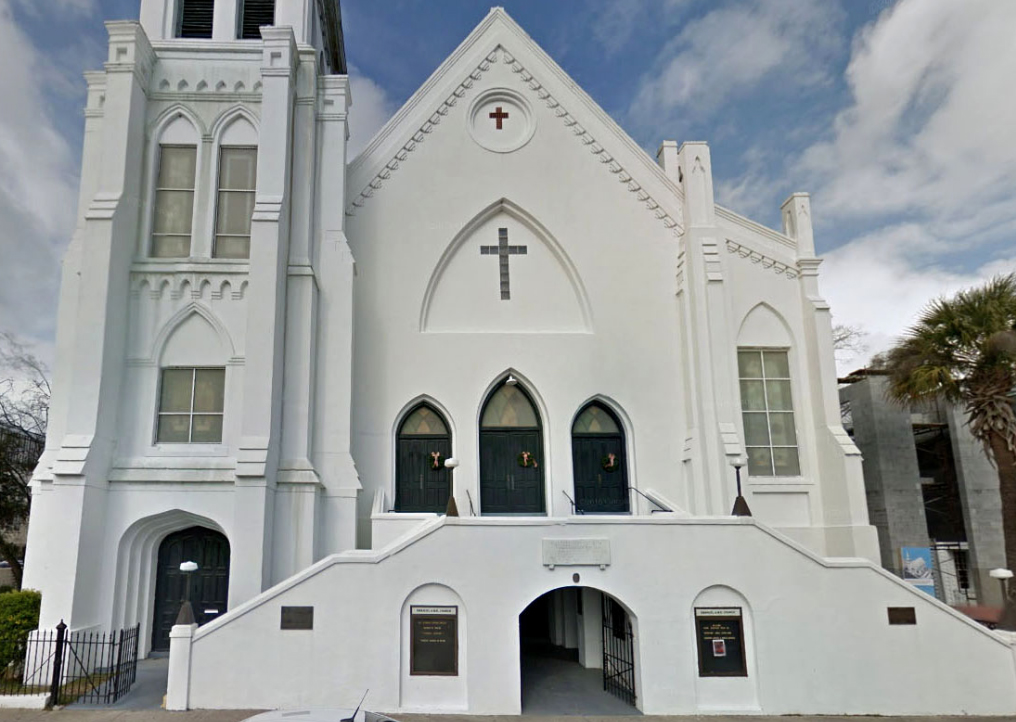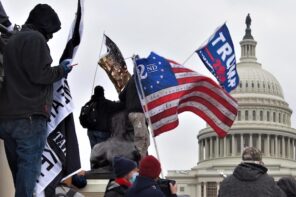“God wept; but that mattered little to an unbelieving age; what mattered most was that the world wept and still is weeping and is blind with tears and blood”
–W.E.B. Dubois, from Black Reconstruction in America, 1935
This Sunday morning, services were held at Emanuel AME Church in Charleston for the first time since the massacre on June 17th.
As so much of this week’s commentary has reminded us, it is not possible, not honest, to discuss the Charleston massacre without taking into account the reported statements of the shooter, the sacred venue of the tragedy and the racial identity of the victims.
This was a crime that was deeply and tragically American.
In the Jesus movement, the disciples petitioned their leader on the nature and framework of prayer in the context of Roman oppression and Temple-state tyranny (Luke 11:1-13). While Dylann sat this past Wednesday, disturbed no doubt, saturated in the spiritual exchanges of the people of Emanuel, he might have been ruminating on another prayer: “Lord, teach us how to prey.”
As they did every week, congregants convened Bible Study at Mother Emanuel, the oldest independent black church in South Carolina. While taking seriously a commitment to scriptural study, those who gathered there became prey while praying. The killer, an embodiment of racialized hatred, endured an hour of transcendent prayer, incisive study and buoyant fellowship. After an hour of prayer and extravagant welcome, Roof pursued his lethal goal, murdering a recent college graduate, grandparents, mothers, friends and clergy.
The site of this white terrorist attack intimates a broader attack on the idea of black freedom. Emanuel Church embodies a storied and triumphant history in the American south. Historically, this place of transformative faith invested capital and bodies in the work of black emancipation. We must remember that Denmark Vesey was a founder of Emanuel: there is a legacy of unfounded white violence against this church.
However, in the racial imagination of America nothing operates outside of the deleterious insistence of whiteness—no place is a safe zone. As the history of lynching—the obscured legacy and culture of racist vigilantism—has taught us, black people live without sanctuary in this country.
The Emanuel tragedy reminds the world that black revolutionary spaces—places committed to black beauty, intelligence, agency, creativity and freedom—have always been targets for racist violence.
In 1822, after what would have been “the largest slave revolt in American history,” appointed officials executed Denmark Vesey and 34 others. White vigilantes torched the original church and the state legislature disbanded and criminalized organized black religion in South Carolina, where the Confederate battle flag still fans in the winds of its capital city.
White supremacy reduced the very people striving to save the soul of America to blood-soaked nooses and smoldering rubble. South Carolina senator and presidential candidate, Lindsey Graham, now says that perhaps “it is time to revisit” the issue of having the Confederate flag flying at the Statehouse in Columbia.
Perhaps?
Even after the horrific violence and after the U.S. and South Carolina flags were lowered in mourning the Confederate flag was left flying at its full height.
Though we don’t yet know Roof’s religion, other white Christians in American history have committed similar acts of terror—namely under the banner of the Ku Klux Klan and American purity. Most notable among these is the Sixteenth Street Baptist Church bombing September 15, 1963 in Birmingham. Black churches met fiery graves in Alabama, Mississippi, Tennessee, Arkansas, Massachusetts and Georgia across the decades of the 20th century.
Equally troubling to the moral health of America, white southerners momentarily suspended worship or Sunday school to enjoy the heinous spectacle of lynching black bodies and then reconvened their religious activities with a sense of fulfilled religious duty.
America has a short attention span and an especial amnesia for racial tragedy. That’s how our nation sleeps under the bedding of innocence, misremembering Rosewood, the bombing of Black Wall Street, Colfax County Massacre, Greensboro Massacre, the Groveland Four, and Selma—a tragically incomplete list.
White supremacy is a destructive and disintegrating form of power. The creation of the other is a symptom of existential estrangement—separation from the self, others, life and the ultimate divine source of being. The “demonic” is what prevents a person from realizing itself and the human gift of living a uniquely fulfilled life in community.
We prove our infection by white supremacy when we limit it to individual acts of racism; white supremacy is, in fact, a logic that governs our lives, forges ways of thinking and produces frameworks of meaning.
Organizations like the Ku Klux Klan practice white supremacy masquerading as Christianity. Narrow approaches to Christian religion order people according to rigid binaries reducible to “in and out,” sinful and godly, unrighteous and holy, secular and sacred.
Some religion actually baptizes us-versus-them social arrangements. Evoked during the grand jury testimony of Ferguson officer Darren Wilson, white supremacy renders blackness demonic.
The tragic character of coercive power is how it creates the other as a threatening “thing.” Community with the demonized other is impossible.
White supremacy feeds on its own insecurities and anxieties. A person turns the other into an object out of the very fear of becoming a mere object within society. The objectification of black persons follows from the insecurities about white survival for existence. The existence of the other—black or brown—disrupts the logic and values of a white Republic. I call this pathological racist paranoia.
In my theological imagination, with its situational anthropomorphism, tears again welled up in the eyes of God. And as a co-sufferer of racist terrorism, I know that “God sees the truth but waits.” God is waiting for us to choose transformative justice—love in public policy—and be more human. This idea of justice moves beyond a limited emotional conception of love and power as domination: powerless love and loveless power.
Transformative justice must animate our visions of America—a broad-reaching love that moves human beings beyond the limits of our prejudices. People of faith—all faiths—are moral architects with rebellious imagination. We cast an expansive vision for America unsullied by our sights of inequalities, individualism and terrorism. The soul of America is still redeemable. There is a better way—a way that does not require the sacred blood of black humanity on an altar of whiteness.
Lord, teach us how to pray.





